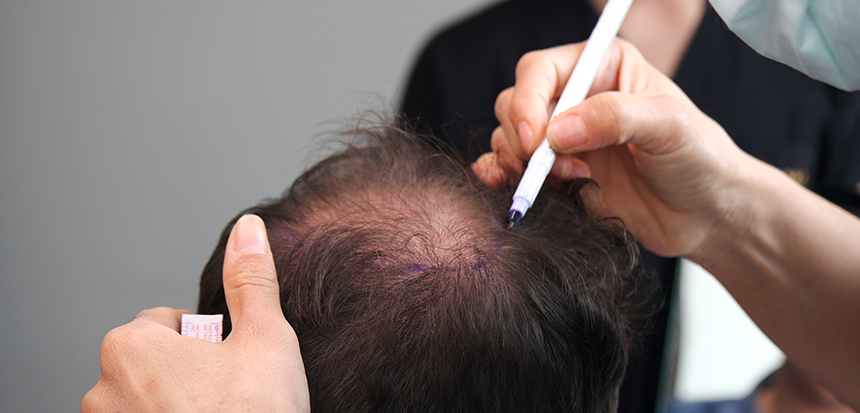
A painless hair transplant is a surgical procedure performed to restore hair for individuals experiencing hair loss in a natural and permanent way. Thanks to advanced technology and medical techniques, the hair transplant procedure can now be carried out with significant comfort and minimal pain.
A painless hair transplant can be performed on individuals who are suitable candidates for hair transplantation due to hair loss problems, baldness, or thinning hair. Both men and women experiencing hair loss, hair thinning, or baldness can consider undergoing a hair transplant. However, experts assess the individual's level of hair loss and suitability for the procedure before proceeding with the surgery.
A painless hair transplant is typically performed under local anesthesia. Local anesthesia numbs the area where the procedure will be performed, ensuring that patients do not feel pain during the process. Hair transplant procedures are generally carried out using two main methods: Follicular Unit Extraction (FUE) and Follicular Unit Transplantation (FUT). FUE involves extracting individual hair follicles for transplantation, while FUT involves cutting a strip of hair-bearing skin from the scalp and then extracting hair follicles for transplantation.
When performed by skilled professionals, a painless hair transplant is generally considered safe and low-risk. However, like any surgical procedure, there are some potential risks associated with hair transplantation, such as infection, bleeding, or achieving unsatisfactory natural results. Therefore, it is crucial to have the procedure performed by an experienced hair transplant surgeon.
The recovery time for a painless hair transplant may vary from person to person but generally completes within 7 to 10 days. Post-operation, there may be some redness, scabbing, and mild swelling in the hair transplant area, which gradually subsides. The full results of the hair transplant typically become evident between 6 months to 1 year after the procedure.
After a painless hair transplant, patients should adhere to some essential precautions to ensure proper healing and achieve optimal results: